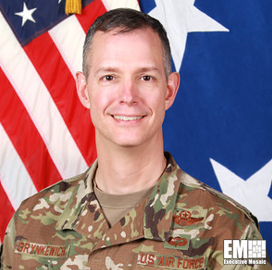
Thirty-four lawmakers are calling on Defense Secretary and 2020 Wash100 Award winner Mark Esper to identify projects that will be impacted by the reallocation of $7.2 billion in fiscal 2020 funding for border wall construction.
The group, which includes House Armed Services Committee Vice Chair Anthony Brown (D-Md.), wrote a letter to Esper asking him to establish a date for obligating funds following the diversion of military construction and drug interdiction funding. They also seek details on contract award dates, performance periods and the potential impact of the funding reallocation on anti-narcotics operations.
“Despite the significant resources appropriated by Congress for border security, the Administration still decided to circumvent Congress and allocate $6.1 billion of Department of Defense funding for border wall construction,” the lawmakers wrote. “These actions come as we continue to face diverse, complex, and pressing security threats around the globe while trying to modernize our military and restore readiness.”
Last year, $3.6 billion was diverted to support the wall’s construction, Federal News Network reported Wednesday. Brown said he hopes that Congress restricts or prohibits the reprogramming of funds for the wall in next year’s defense policy bill.












